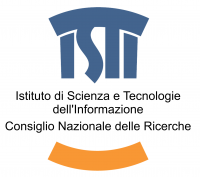Carlo Citter, Giovanna Pizziolo
The possibility to forecast the location of an archaeological settlement in a given landscape is one of the topics scholars experimented and sharply debated in the past thirty years. Deterministic approaches and expert judgement’s based methods have been applied in different contexts. The interest in predicitivity procedures involved both heritage management and academic research interests However, the lack of confidence in deterministic approaches and the development of, both, hardware and software, and the increasing number of archaeologists, who use GIS platforms to store and elaborate data have opened new paths towards the postdictivity. It somehow turns the original question (where can I find a settlement?) into “why this settlement is right there?” Of course, it can be applied to routes (why this road runs exactly this way?), to resources’ exploitation (they could gain much from crops, but they did not: why?) On the other hand, postdictivity is not the counterpart of predictivity. In fact, they can cooperate to ask the archaeological dataset new questions. Are the tools and procedures similar? Are there differences in dealing with (historical) sources?
The session aims to debate with the contribution of different case studies the theoretical framework which is the basement of the methods, and of the tools applied for, both, predicting and postdicting in archaeology. Contributions related to Neural Network Analysis, algorithms, technical details and open source approaches are welcome too.


